
Space
Year in Space Pictures: Strange moons, fiery launches and rough landings
Expand your perspective with these 40 stellar photos from our last trip around the sun.
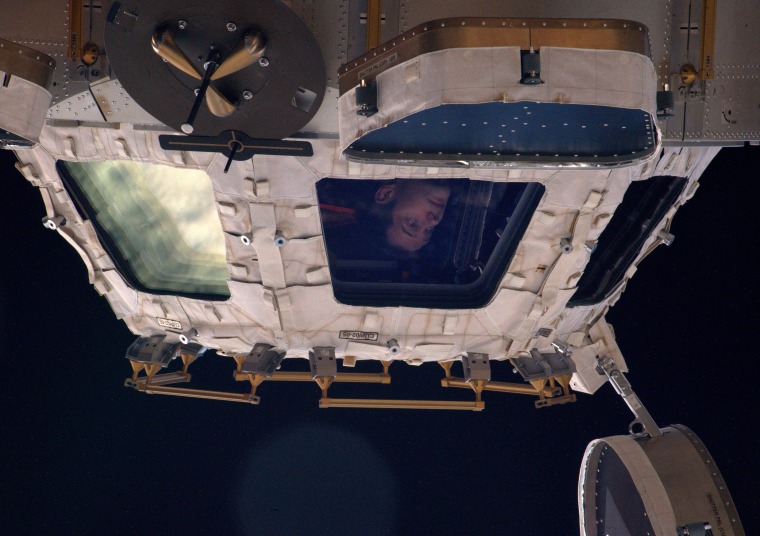
Room with a view
French astronaut Thomas Pesquet looks out from the cupola of the International Space Station in an image tweeted on May 20. "The day of return is approaching: I can't wait to be on Earth again and see my loved ones... but I will certainly miss the view," he wrote.
Pesquet completed a six-month mission aboard the station. He previously worked as an aerospace engineer and is also a pilot for Air France.
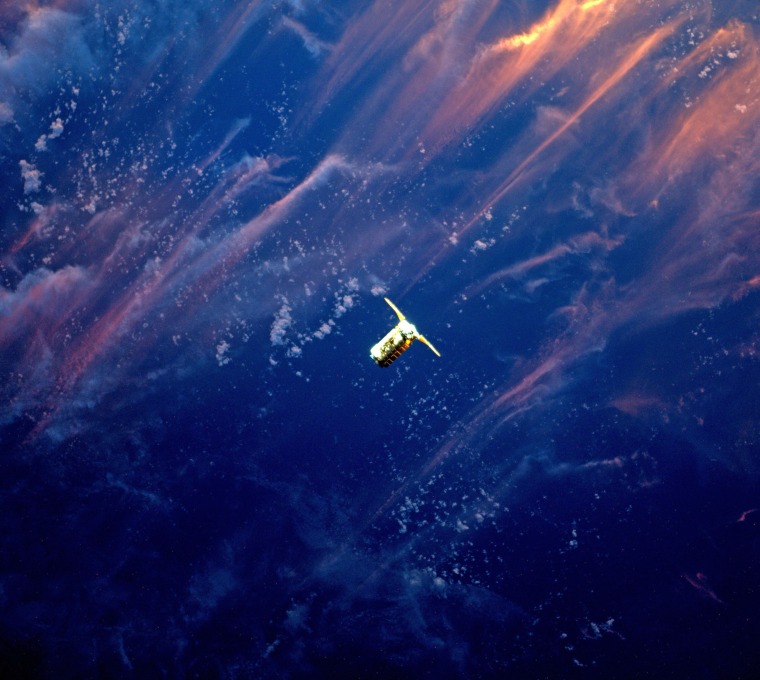
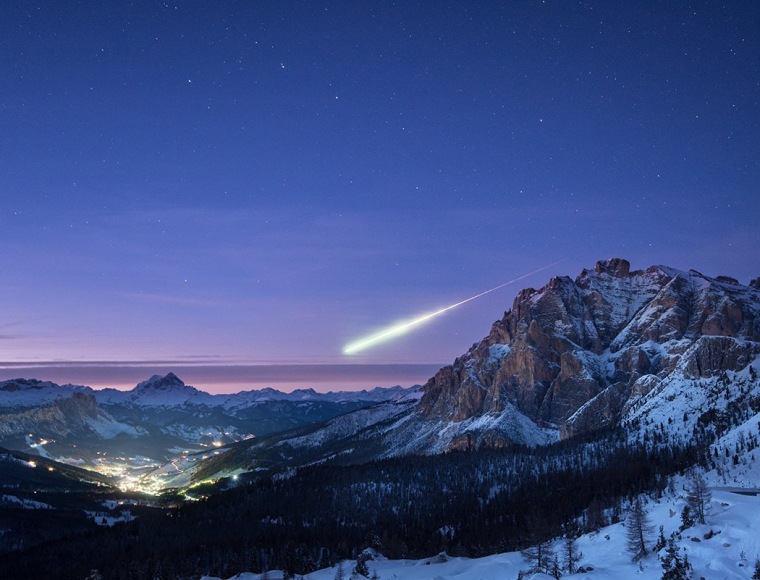
Shooting Star
A football-sized meteor streaks across the sky above the village of La Villa in northern Italy on Nov. 14. The shooting star was seen by thousands of people in Germany, France, Switzerland, Austria and Luxembourg.
British photographer Ollie Taylor happened to be on a shoot in the Dolomites when he captured the fireball in motion.
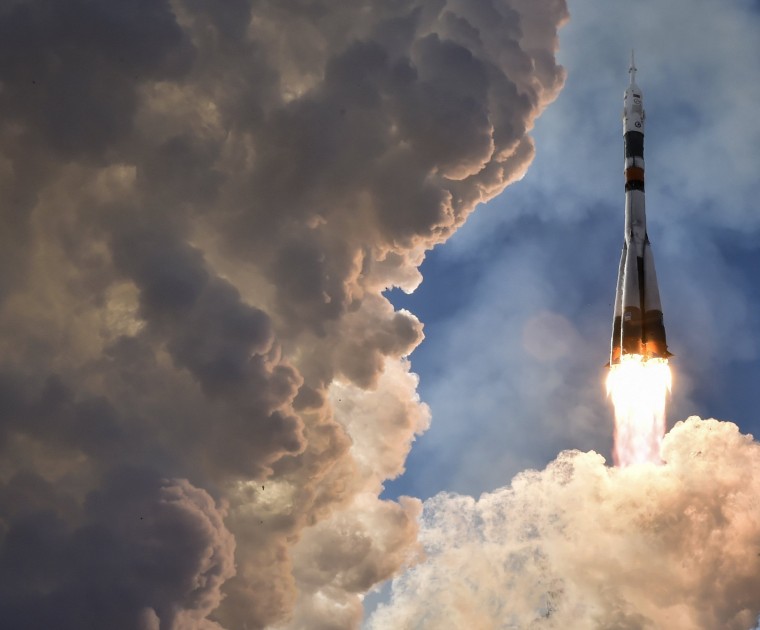
Liftoff!
A Soyuz rocket blasts off carrying a new crew to the space station on Dec. 17 at the Baikonur Cosmodrome in Kazakhstan.
NASA astronaut Scott Tingle, cosmonaut Anton Shkaplerov and Japan's Norishege Kanai arrived at the station on Dec. 19 where they will begin their six-month expedition by ringing in the New Year circling Earth.
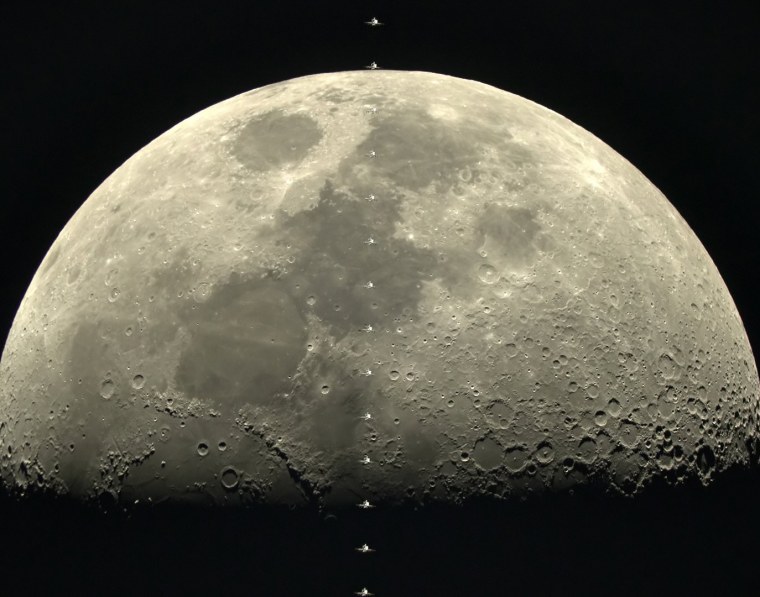
Station crossing
The space station passes in front of the moon in a multiple-exposure image captured on Feb. 4, in Rouen, France, the birthplace of Thomas Pesquet, a French astronaut who was spending six months on the station at the time.
Astrophotographer Thierry Legault was unaware of Thomas' connection to Rouen at the time he made this photograph.
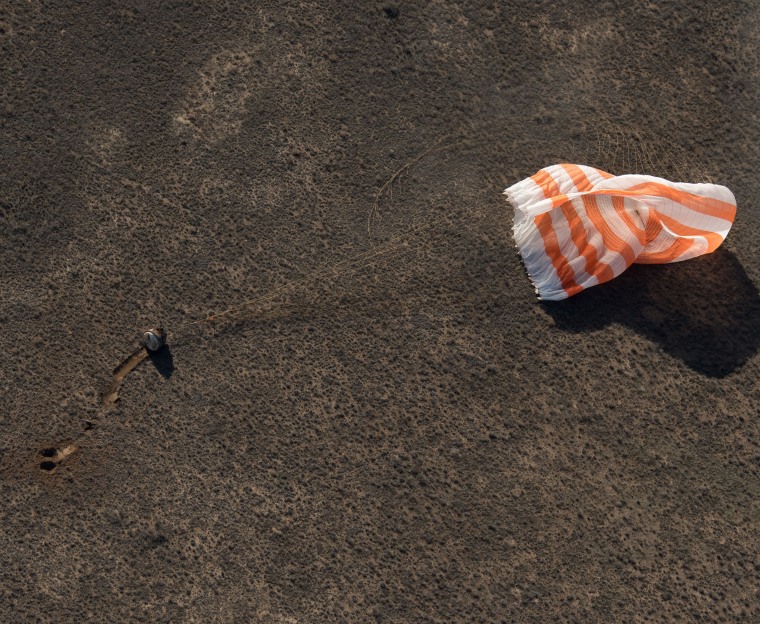

Inverted river
French astronaut Thomas Pesquet tweeted this photo of the Colorado River while aboard the ISS on April 26, asking "How can a river produce such elaborate and beautiful shapes and color?"
In photos from space where the sun illuminates the landscape from below, rivers often appear as raised ridges. If you rotate the picture 180 degrees, the optical illusion is usually foiled.

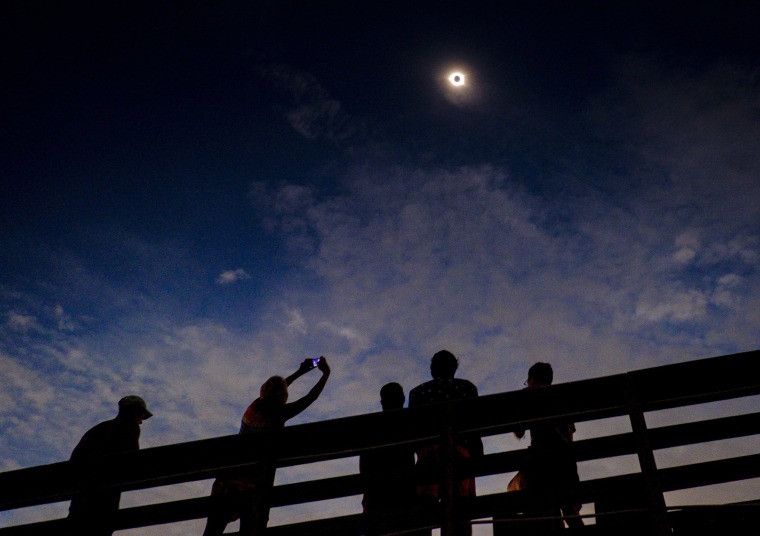
Rare eclipse
Solar eclipse watchers were ecstatic as the clouds broke minutes before totality during the total solar eclipse on Aug. 21 in Isle of Palms, South Carolina.
It had been 99 years since a total solar eclipse crossed the country from the Pacific to the Atlantic.
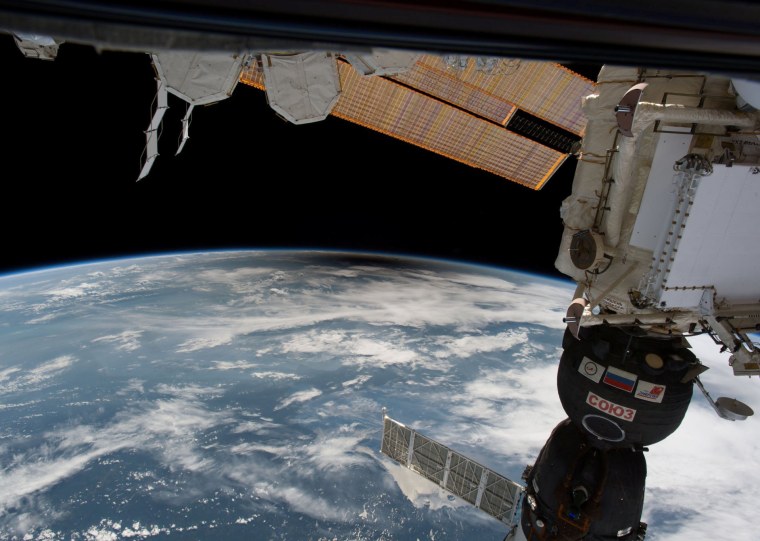
Moon shadow
The umbra, the moon's shadow, crosses the United States as seen from the space station on Aug. 21. The station crossed the path of the eclipse three times as it orbited 250 miles above the Earth.
The total solar eclipse moved across the country at 1,500 miles per hour, passing through twelve states.
Photos: Americans Look to the Skies (With Glasses!) for Solar Eclipse
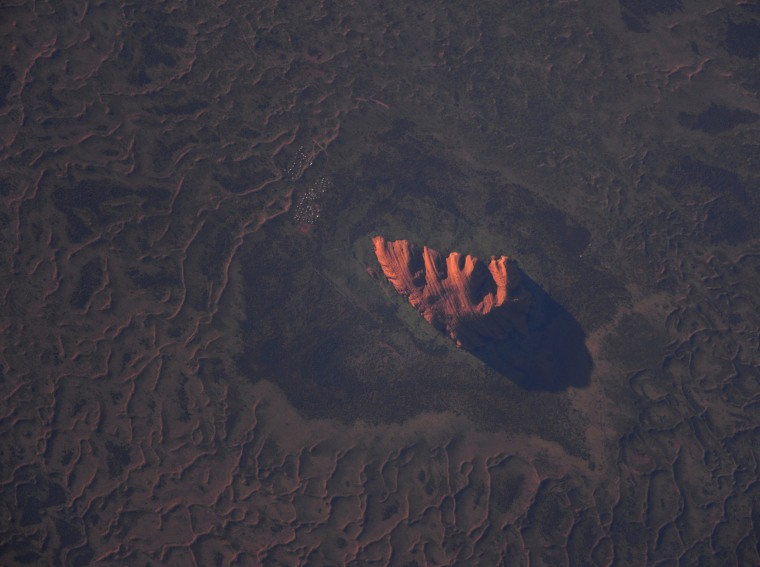
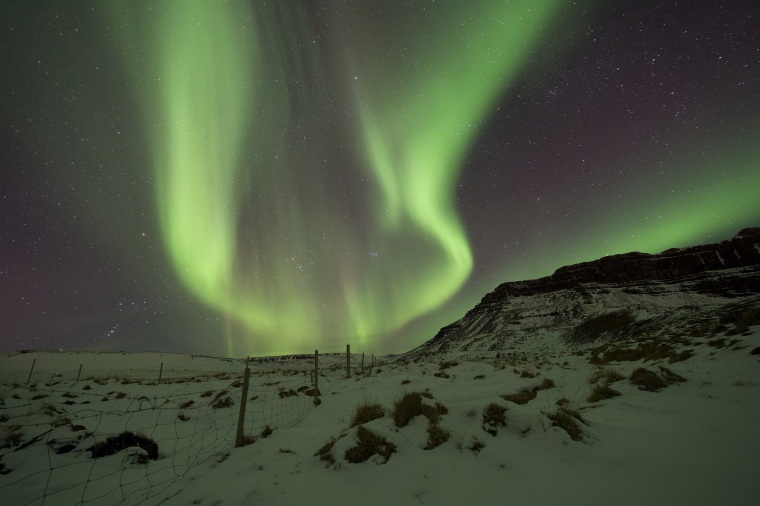
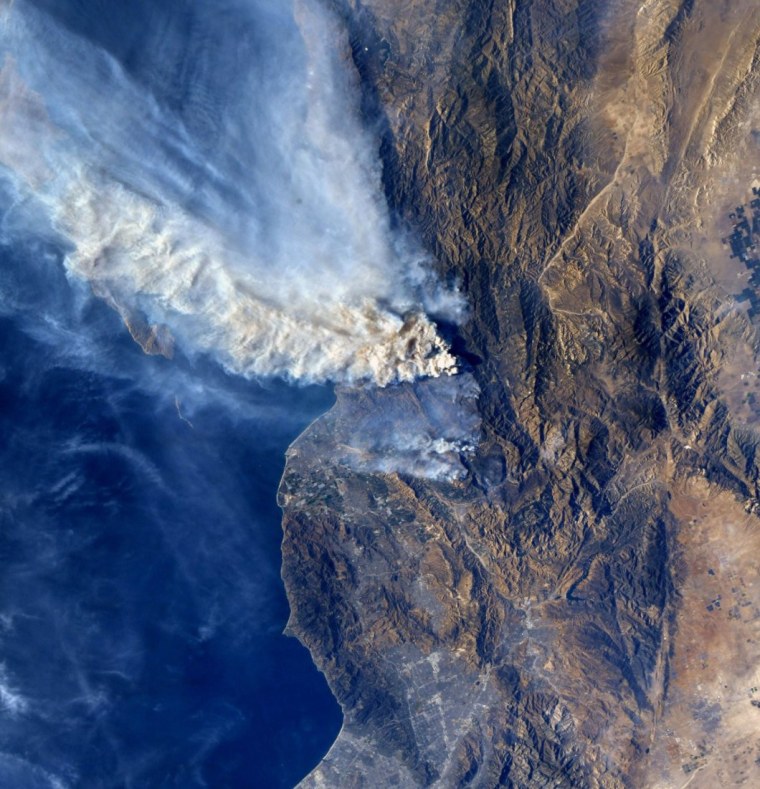
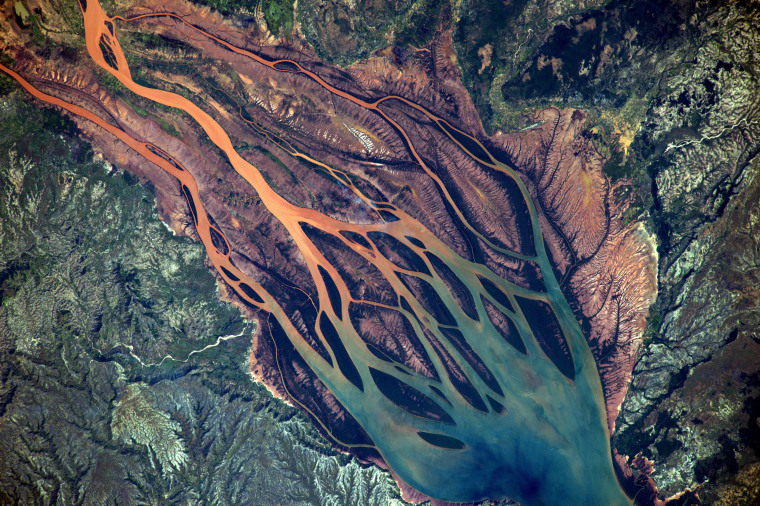
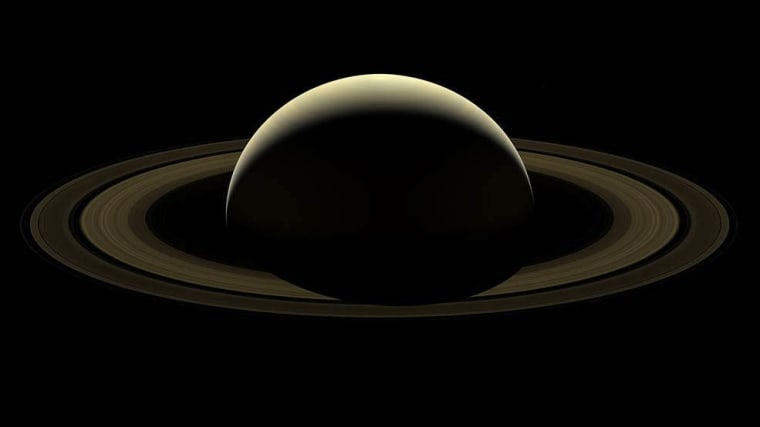
Parting shot
In a fitting farewell to the planet that had been its home for over 13 years, NASA's Cassini spacecraft took one last, lingering look at Saturn and its splendid rings during the final leg of its journey and snapped a series of images that was assembled into a mosaic.
Cassini's wide-angle camera acquired 42 red, green and blue images, covering the planet and its main rings from one end to the other, on Sept. 13, two days before its dramatic plunge into the planet's atmosphere.
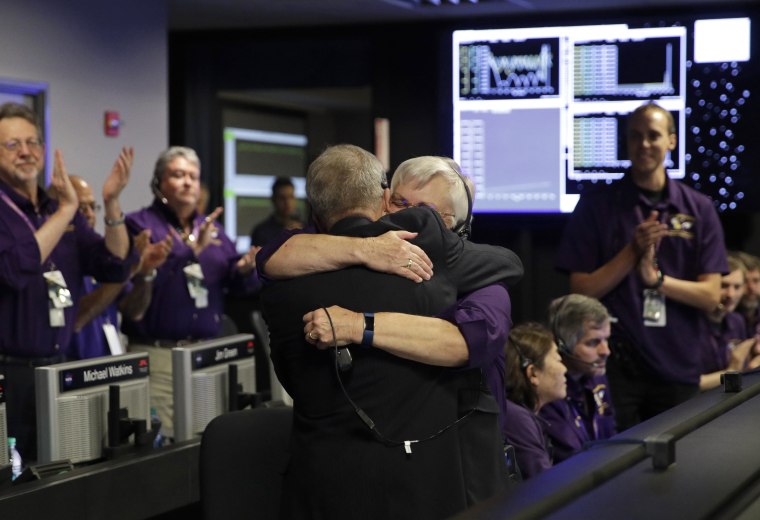
Farewell old friend
Project manager Earl Maize and flight director Julie Webster hug in mission control at NASA's Jet Propulsion Laboratory on Sept. 15 in Pasadena, Calif., after confirmation of Cassini's demise.
The spacecraft plunged into Saturn while fighting to keep its antenna pointed at Earth to transmit its farewell.
For over a decade, Cassini sent us captivating images of Saturn, its mysterious rings, and its family of icy moons.
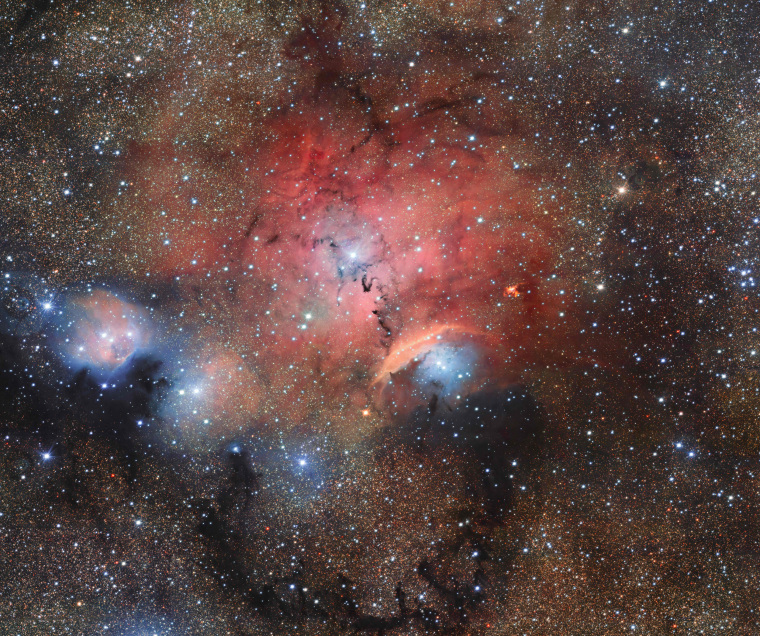
Stellar nursery
A European Southern Observatory telescope captured this glittering view of the stellar nursery called Sharpless 29 on Dec. 12.
Many astronomical phenomena can be seen in this giant image, including cosmic dust and gas clouds that reflect, absorb, and re-emit the light of hot young stars within the nebula.
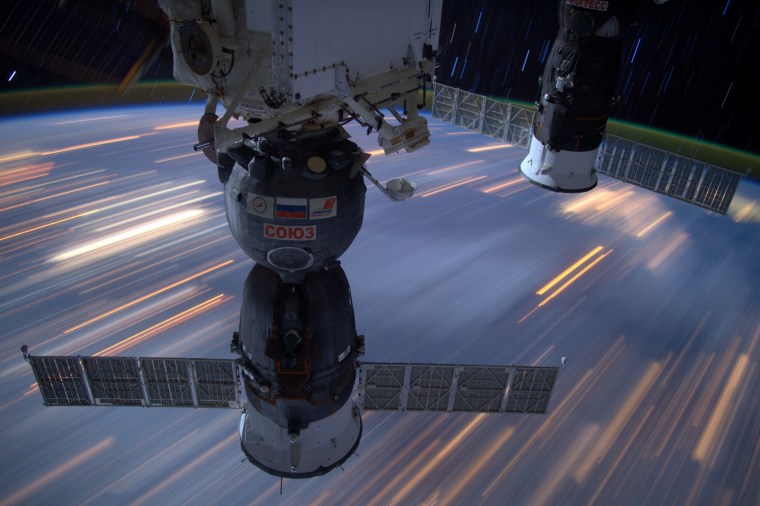
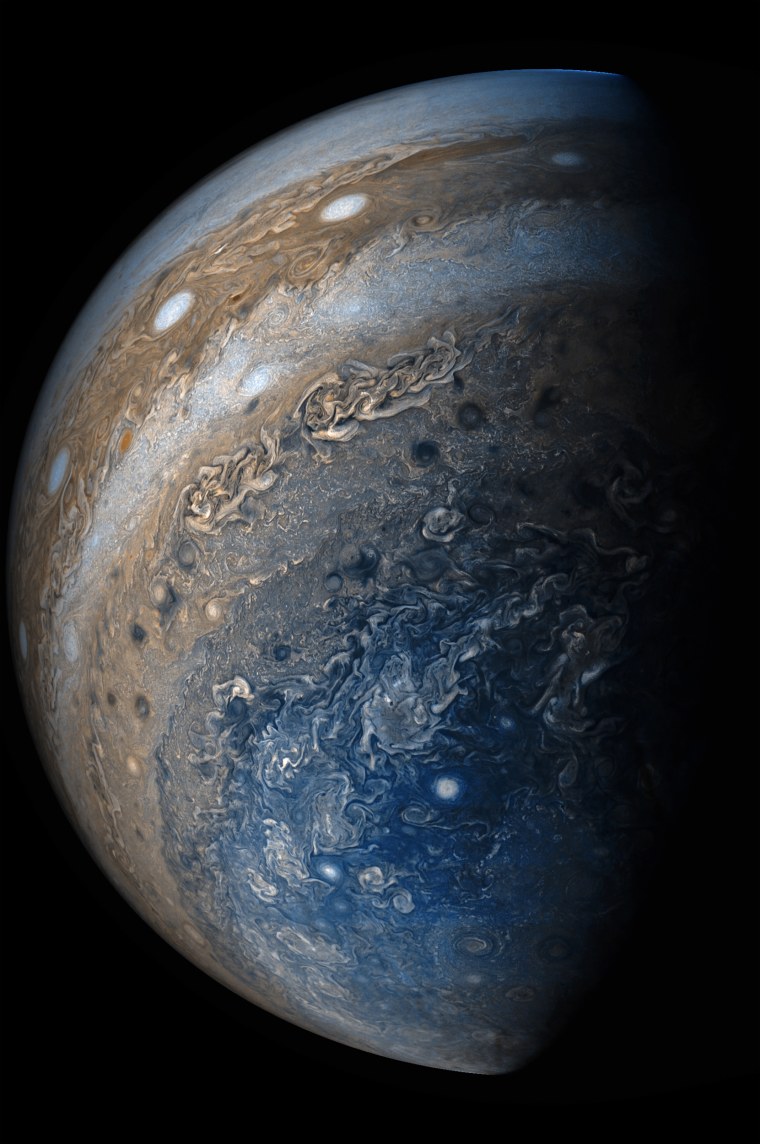

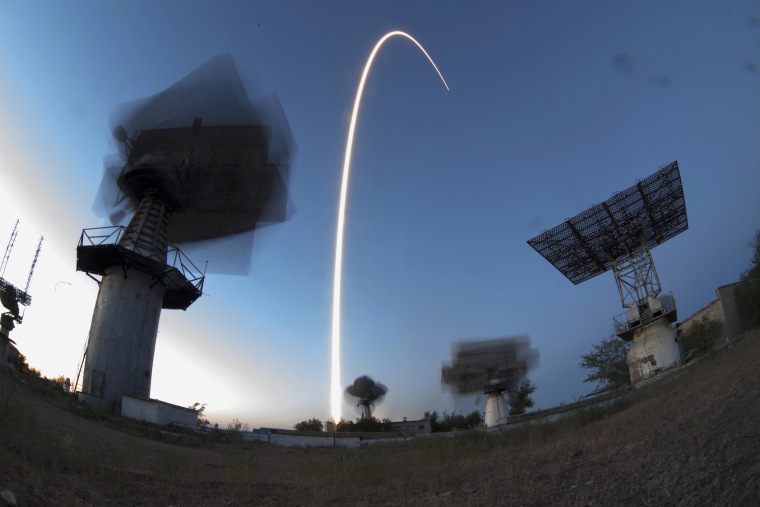
Flight path...
A Soyuz rocket carrying a new crew to the space station blasts off at the Baikonur Cosmodrome on July 28. Three veteran space travelers, Randy Bresnik, Russian cosmonaut Sergey Ryazanskiy and Italian astronaut Paolo Nespoli, began a 5-month mission to the station.
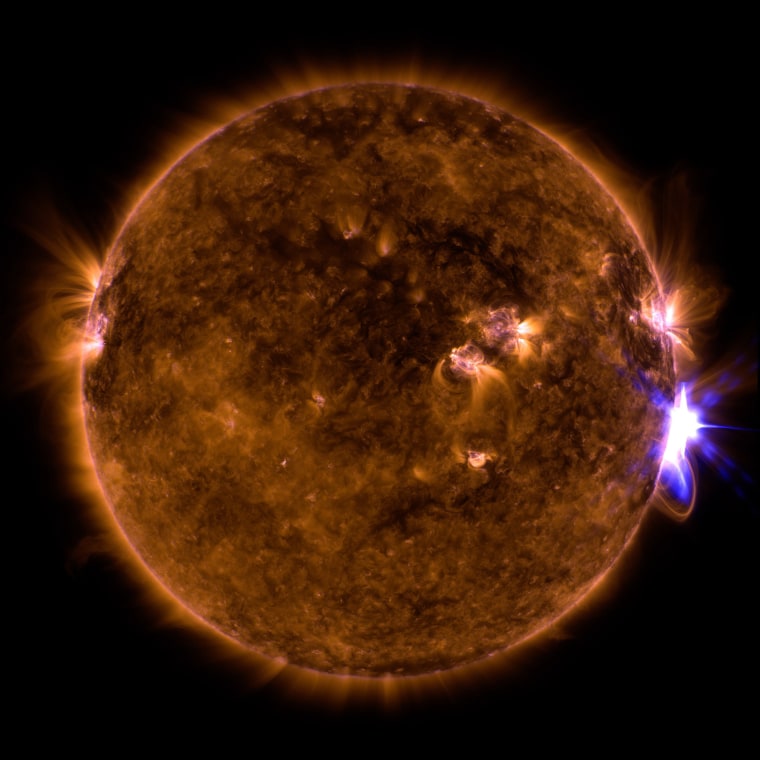
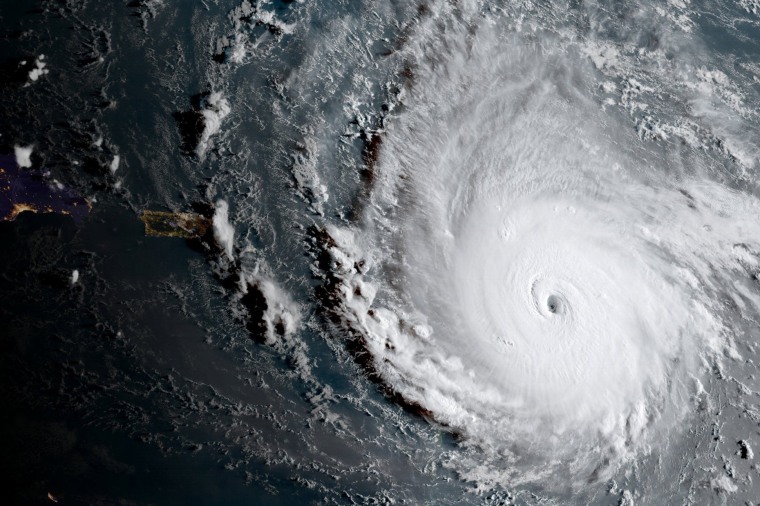
Monster storm
Hurricane Irma, a record Category 5 storm, churns in the Caribbean in this satellite image from Sept. 5.
Hurricanes Harvey, Irma and Maria steamrolled through southeast Texas, Florida, and the Caribbean during the 2017 hurricane season, leaving behind historic devastation.
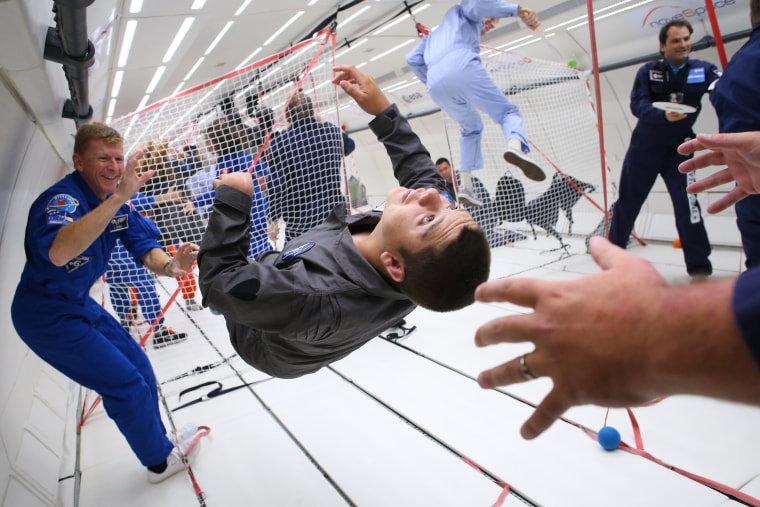
A chance to float
British astronaut Tim Peake, left, looks on as a child experiences weightlessness during a parabolic flight on an Airbus A310 on Aug. 24.
Eight children with disabilities from five European Space Agency member states boarded the plane in Bordeaux, France. The parabolic flight path of the plane produces short periods of weightlessness, followed by brief stints of hypergravity, analogous to what happens during a roller coaster ride or a fast elevator descent.

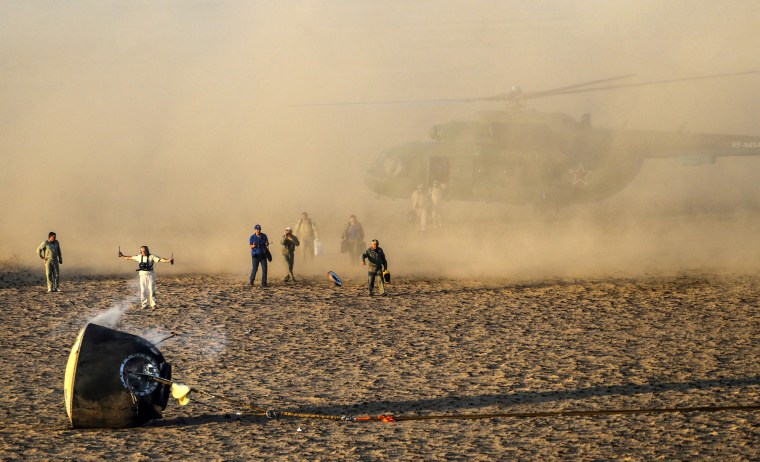
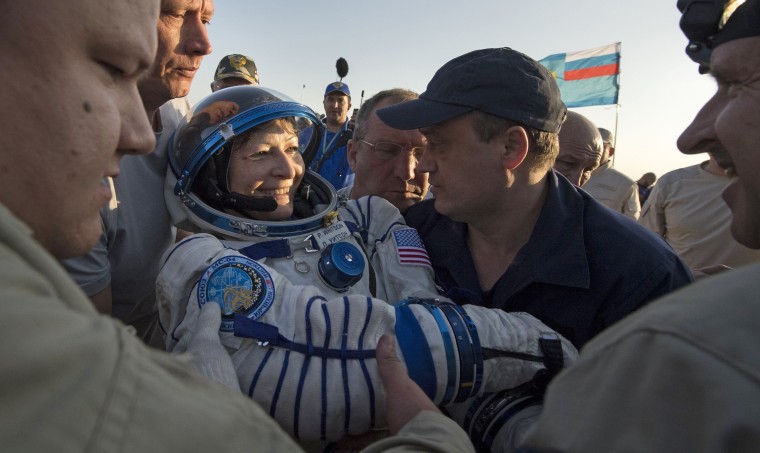
... Breaking Records
Peggy Whitson is helped out of the Soyuz capsule after landing in Kazakhstan on Sept. 3.
Whitson, the first woman to command the space station, broke the record for the most time accumulated in orbit by an American during her mission. She logged 665 days in orbit over three flights.
At 57, she was also the oldest woman in space.
Photos: NASA Astronaut Sets New Record for Americans in Space
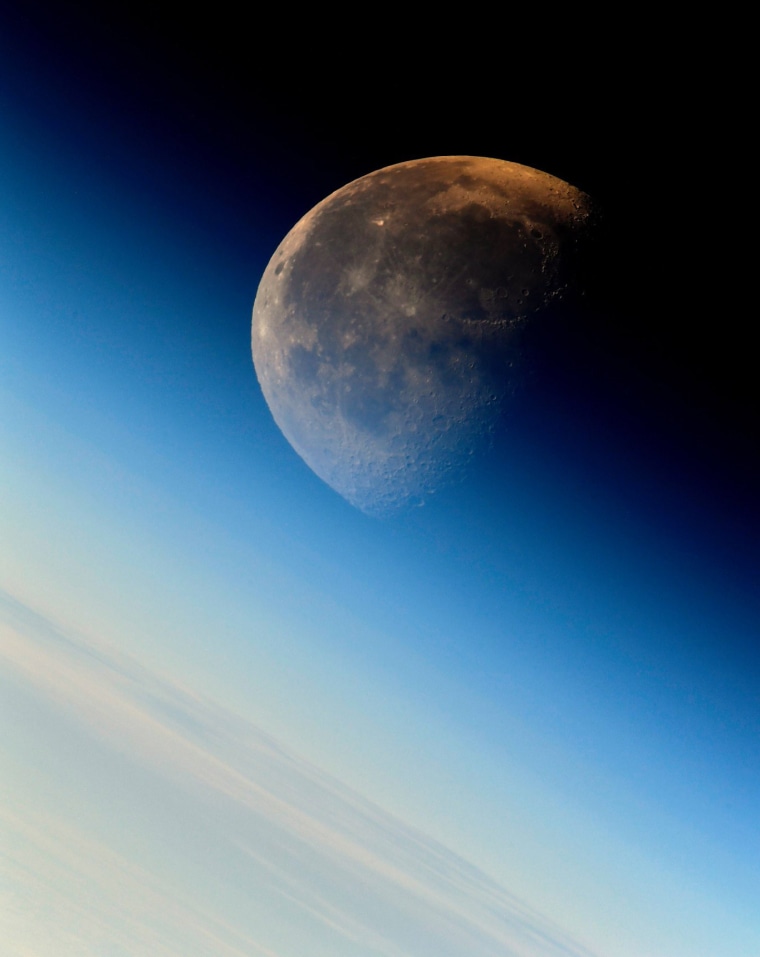
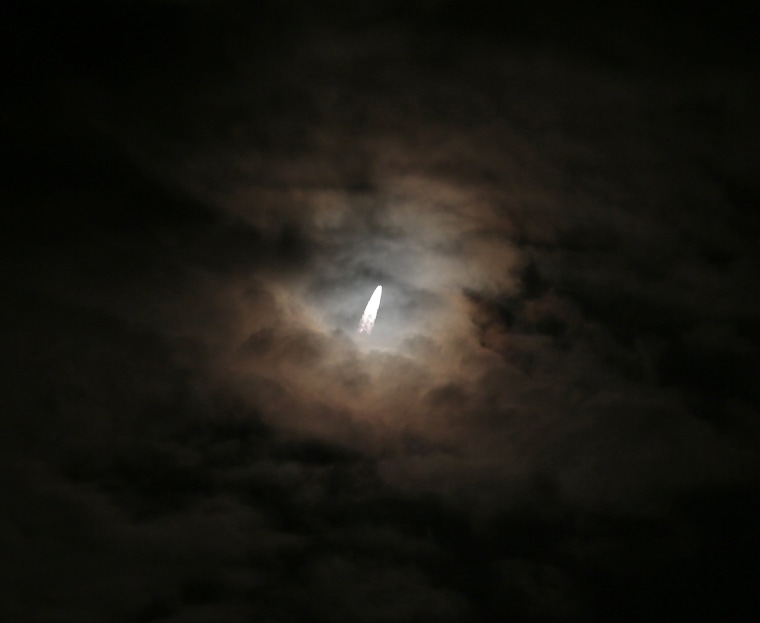
Launch in India
India's Polar Satellite Launch Vehicle (PSLV) C-39, carrying the IRNSS-1H navigation satellite, lifts off from the Satish Dhawan Space Centre in Sriharikota, India, on Aug. 31.
India has been achieving recognition as a budget option for launching satellites.
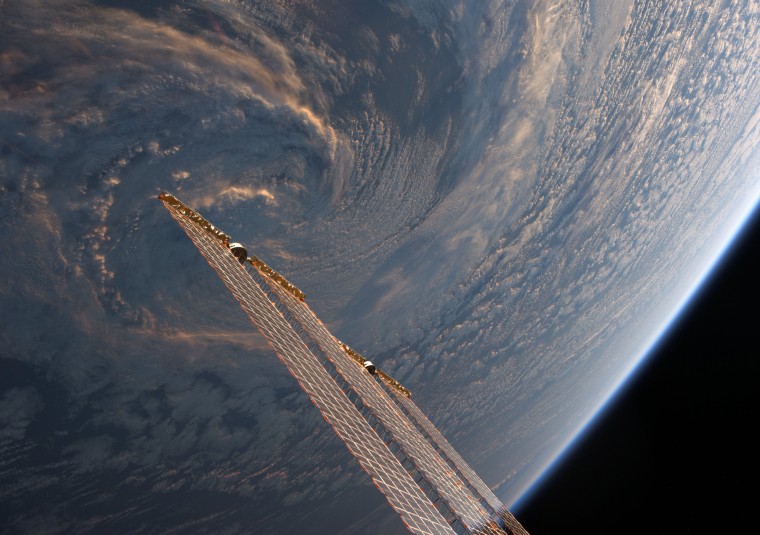
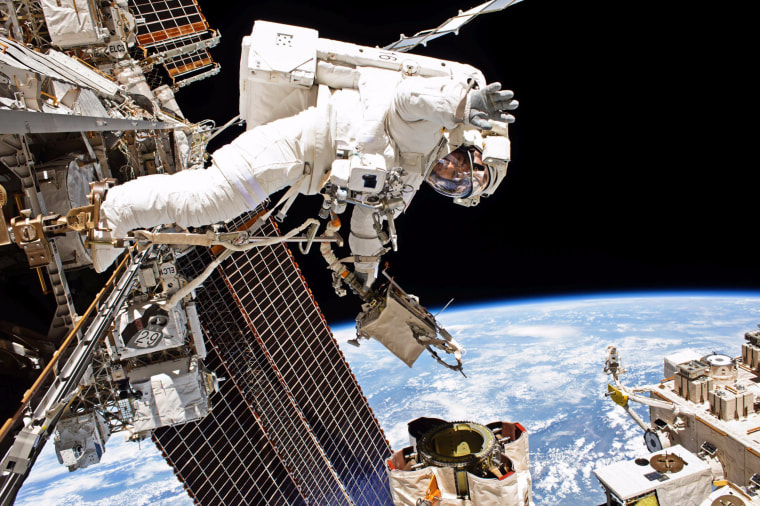
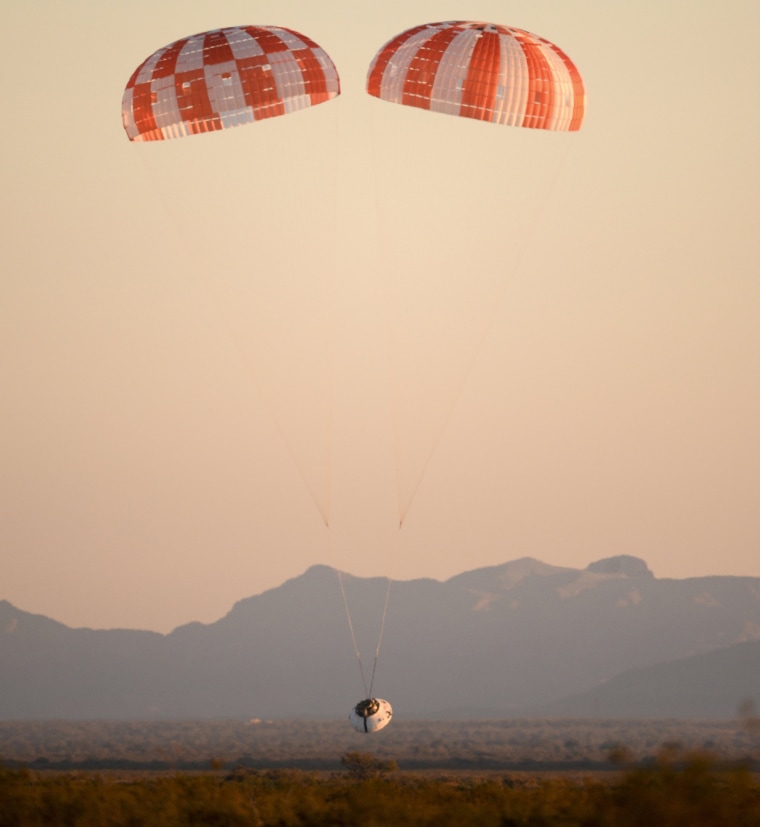
The future of space travel
A replica Orion spacecraft lands at the U.S. Army Proving Ground in Yuma, Arizona, on Dec. 15, after being dropped from a U.S. Air Force C-17 transport aircraft at 35,000 feet.
The test used two of Orion's three main parachutes to simulate the failure of the third and still sufficiently slowed the spacecraft for a landing.
NASA says the Orion spacecraft is being developed for deep-space missions that will usher in a new era of space exploration.
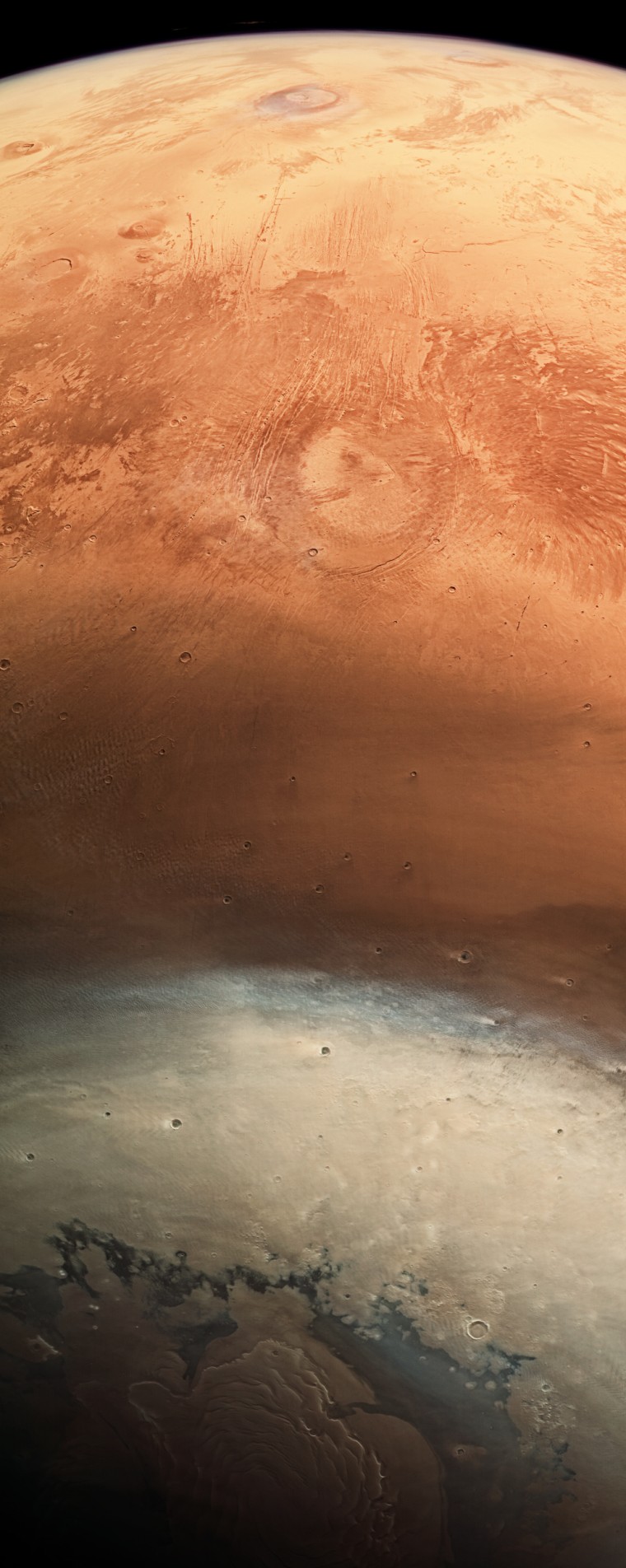
Martian landscape
The European Space Agency's Mars Express spacecraft captured this sweeping view encompassing the red planet's north pole, bottom, to equator on June 19.
After a 6-month journey, the Mars Express successfully entered Martian orbit on Dec. 25, 2003.
During each orbit, Mars Express spends some time turned towards the planet for instrument observations and some time turned towards Earth for communications with ground stations.

Departed hero
Annie Glenn, the widow of former astronaut and U.S. Senator John Glenn, receives the folded American flag from commandant of the U.S. Marine Corps, General Robert B. Neller, during a graveside interment ceremony at Arlington National Cemetery on April 6.
Glenn died last December 2016 at age 95 but the family scheduled the burial for what would have been John and Annie's 74th wedding anniversary.
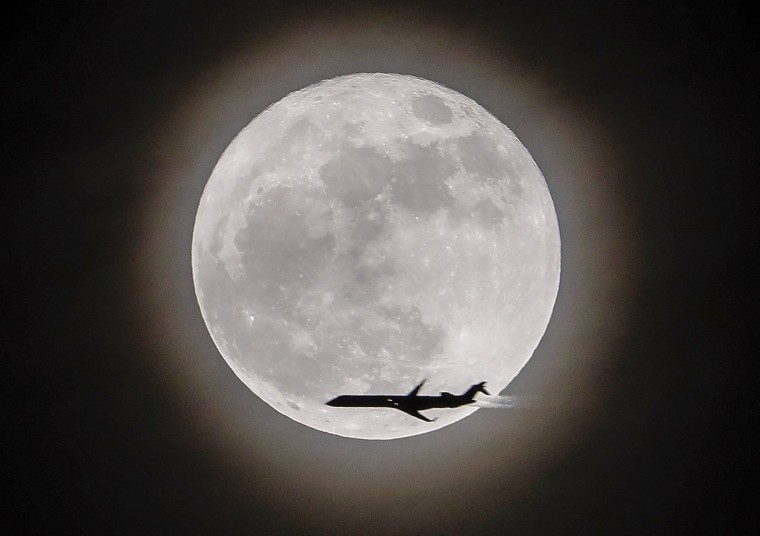
Supermoon
An airplane crosses in front of the moon, a so-called supermoon, in Avondale Estates, Georgia, on Dec. 3.
A supermoon occurs when a full moon coincides with the point at which the moon's orbit is closest to Earth. This was the only supermoon of 2017 but it's part of a succession of three supermoons set to occur into 2018; the others are projected to occur Jan. 2 and Jan. 31, according to NASA.